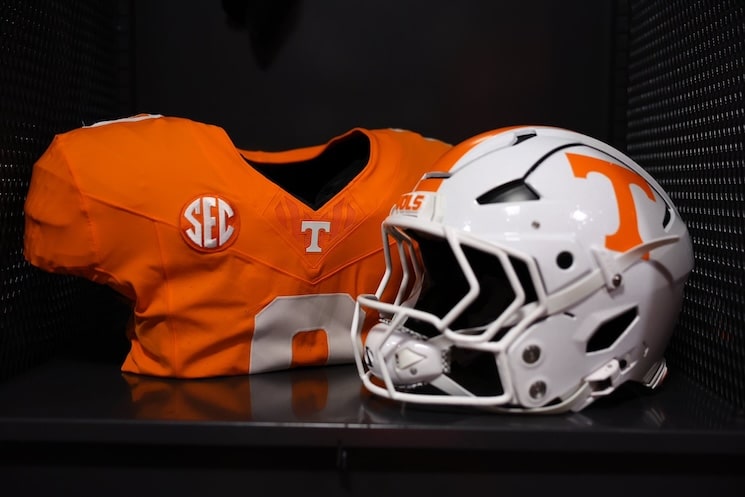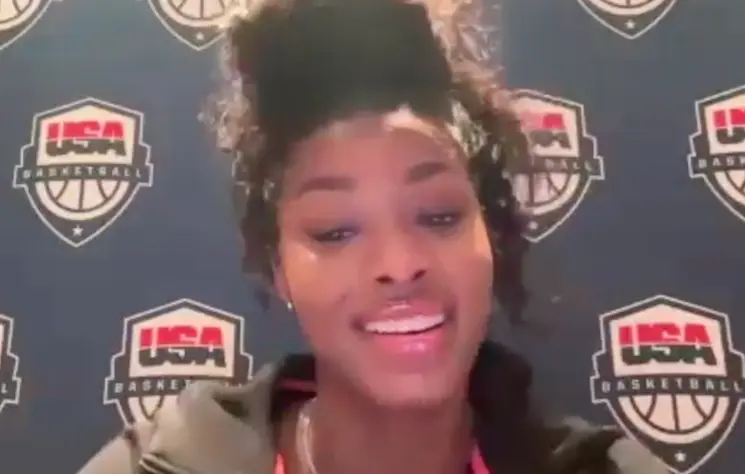
Through almost two seasons of Mike DeBord as Tennessee’s offensive coordinator, it’s difficult to pin down what exactly Tennessee’s offensive identity has been under DeBord. There’s been a shift from last season to this season in terms of what the Vols want to do on offense, and that’s made it difficult to figure out what Tennessee’s offense actually is.
Last season, it appeared as though the Vols wanted to be a power run, read-option team. And when it came to purely running the ball, they succeeded in doing just that. The Vols ran for 2,908 yards on 617 carries, scoring 32 times on the ground. That total was the most yards Tennessee had run for in a single season since the 1950s and was the second-highest mark in school history.
The Vols could run. But they were very limited in the passing game, and it cost them in some games.
Josh Dobbs averaged just 176.2 passing yards per game and threw just 15 passing touchdowns in 13 games. Granted, he only threw five interceptions, but the downfield passing game was almost nonexistent. Tennessee’s leading receiver was Von Pearson, and he had just 409 receiving yards. And he did that on 38 receptions. The Vols didn’t have a single receiver who caught at least 10 passes average more than 13.3 yards per catch last year. Tennessee had the fourth-lowest number of passing plays of over 20 yards in the SEC in 2015.
This season has seen a shift in identity from last year, but it has helped the Vols be at least a little more successful on offense overall.
Tennessee’s offense this year isn’t that same power run, read-option offense from last season. The Vols are still running the ball at a comparable efficiency, but they’ve run it far less often. Tennessee ran the ball an average of 47.5 times per game last year, but they’ve only run it 40.1 times a game this season.
One of the reasons the run game has been used less is because the Vols’ offensive staff has tried to implement the passing attack more. And for the most part, they’ve succeeded.
Josh Dobbs has upped his average passing yards per game, passing touchdowns, yards per attempt, and quarterback rating significantly from last season. And as a whole, Tennessee’s passing game has been much more explosive this year. The Vols have fourth-most passes of 20 or more yards in the SEC this year and are averaging 26 more yards per game through the air than last year. Tennessee is averaging the exact same amount of pass attempts per game this year as they were last season (28.5), but with the drop in rushing attempts, the proportion of run to pass plays is a little more even.
So what exactly is Tennessee’s offensive identity?
The Vols are no longer a power run, read-option team. Especially now that Jalen Hurd is gone. Tennessee still uses the read-option in their run game as the main crux of their rushing attack, but they’ve also implemented different passing schemes to try to make Dobbs more of a pocket passer in some games.
Tennessee runs a spread offense most of the time. They like to put out three or four wide receivers and have a lone running back in the backfield with an occasional H-back or tight end in lieu of that fourth wide receiver. All of this typically takes place in the shotgun formation as well. Butch Jones and Mike DeBord will also put Dobbs back by himself in the backfield with five wide receivers spread out wide.
But the Vols don’t just stick with the traditional spread concepts either. Jones and DeBord like to use two tight end sets and have occasionally lined up Dobbs under center. They’ve also lined up running backs at wide receiver and have also used two running backs in the backfield for run plays. Tennessee has even had Dobbs run option plays with his running backs, giving him the option to keep it or pitch it rather than hand it off on a traditional read-option play.
So if the Vols use concepts from spread offenses, pro-style offenses, and option offenses, what does that make their offense? In short, it appears Tennessee attempts to run a “multiple” offense.
A multiple offense is one that “uses a variety of formations in order to confuse the defense” and one that puts players “in a position to be successful from the moment the snap is taken, or to place players in a position to make the defense make difficult adjustments before the snap.” Simply put, the Vols offense doesn’t have one main thing it tries to do; it simply tries to get the best out of the players on the roster and attempts to keep the defense off guard.
One can argue how effectively the Vols have actually done this, but based on definition alone, Tennessee is a multiple offense. With as many versatile players the Vols have on offense, running this scheme makes sense. Tennessee has too many talented receivers to be a run-heavy, read-option offense alone, and they have too much talent at running back to abandon the run game for more pass-heavy schemes.
In short, the Vols aren’t one thing on offense. And that’s why it’s so hard to pinpoint Tennessee’s offensive identity. They aren’t strictly a read-option offense, nor are they always a spread offense. Tennessee tries to be a multiple offense, and they’ve mostly succeeded in doing so this year. They’ve found more success over the last two weeks thanks not only to decreased talent of competition, but also because of a change in offensive personnel.
The Vols have shifted their offensive identity from one year to the next under Mike DeBord, and they may have to next year as well with Dobbs graduating. But for now, Tennessee is a multiple offense, and they finally seem to have figured out their offensive identity.



